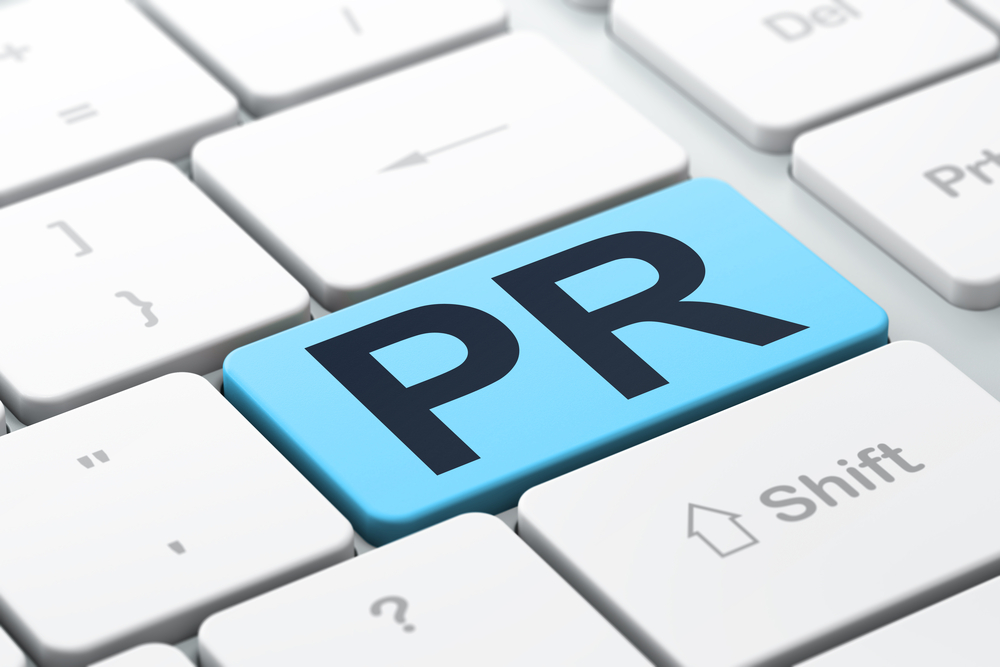You might think it goes without saying that a point-of-view byline prepared by a B2B PR writer should offer a clear point of view. And yet – by the look of bylines pitched to trade publications, plenty of folks could use the reminder! There’s a high volume of generic POV content out there, but it doesn’t need to be this way. And there are concrete ways to make sure a POV piece has just that – even if you need to tease it out of your team.
The high-level framework
The basic framework of a useful byline has three sections: problem → solution → action. If you’re reading this, you almost certainly get that already. The trick is to make sure the three sections are reasonably balanced, and that none is just treading water.
In most cases the problem is one the reader already recognizes, and fixing it is probably on their list. But that can be a long list. It’s tempting to go on and on about how serious and multifaceted the problem is, or to explain its disadvantages. Yet the solution part is far more valuable and almost always more original. That’s the portion that warrants a deliberate step-by-step walk-through. It’s helpful to communicate that this problem deserves to be a very high priority, and that getting to work on solving it isn’t daunting. Then you lay out a solution that feels lucid and attainable.
Identify immediate next steps
The action part is where a lot of bylines trail off. It’s common for executives and writers to approach this as a sort of wrap-up and call-to-action (CTA) that’s a veiled reference to the author’s company. Yet that CTA is too easy to forget, or for the reader to brush off as just another veiled pitch. A CMO I once worked with put it to me in a way that has helped me construct bylines ever since. He explained that the piece needs to let the reader know whom to contact in their organization, what they should ask to understand what the business is doing, and how they can solve the problem. “Imagine the reader walking down the office hall and knocking on someone’s door. What do they say?” This exercise makes the solution feel less abstract, and it helps the reader feel empowered to get moving on it right away without disrupting their entire day.
Imagine real-time reactions
To make the action part as strong as possible, I like to imagine I’m in the room at a breakout session at an industry conference. The presentation itself might be very useful and framed in a way much of the audience hasn’t considered, and it might be actionable. But think about how often the juicy stuff comes out during the Q&A segment. That’s where people stand up and say, “Okay, but what about me? And how about if I’ve already tried to solve this problem, and nothing has stuck?” While you’re putting together a byline outline, you should think about the questions you might hear in a real-time, in-person setting, and preempt them. Keep tabs on the trade pubs and take note of questions the author’s existing and potential customers and clients are asking. If and when you recognize a possible blind spot in the author’s POV, come back to them and ask for their reaction.
Trust the audience to decide
Another challenge is avoiding a blatantly commercial message. Overly commercial bylines are hard to get published. And the more specific you are with the setup, solution, and actionable next steps, the more you risk veering away from vendor neutrality standards. You’ve communicated to the reader that the author’s business’s competitive differentiator is something they can’t afford to compromise on. But to get away from sales pitch territory, put the power back in the reader’s hands. They know now that the author’s business is on top of the solution. But next, they should ask their peers and partners how they’re approaching the same problems to solicit their perspectives. You want your POV to be strong enough that its proposed solution and actions still sound waterproof after they’ve asked around.
At the end of the day, everyone who has a stake in a business has a point. As a writer, you want to make sure you nail down their point in the first draft. Otherwise you either pass the draft back and forth until the point is clear, or you send out a byline that looks very similar to countless others. If you can get to where you need to be in as few steps as possible, you’ve made the rest of the week easier. Best of all, you’ve made your client or team feel like they’re getting value from you that they wouldn’t get on their own.










